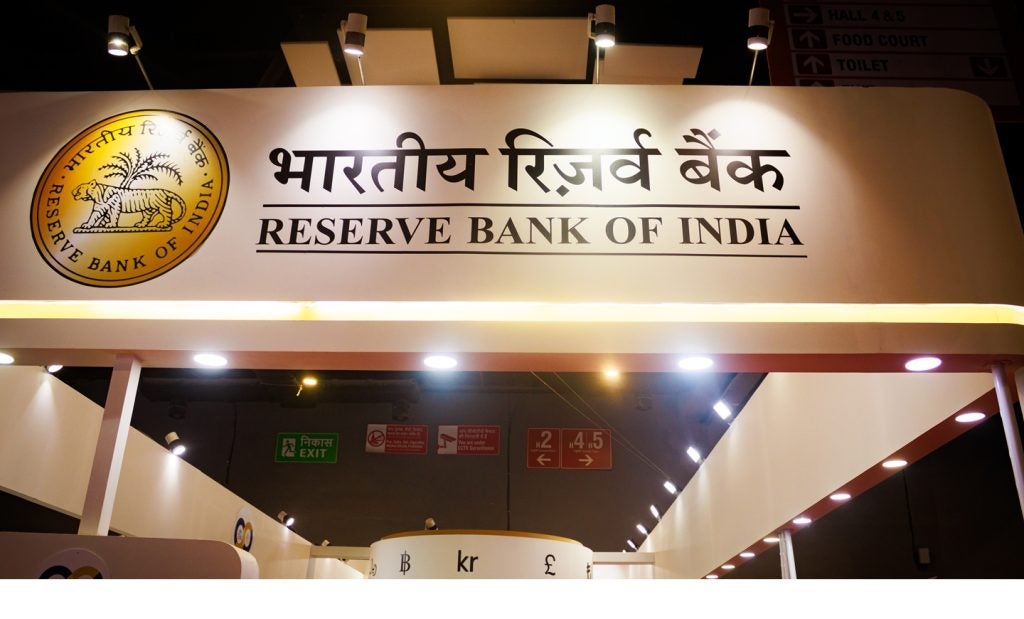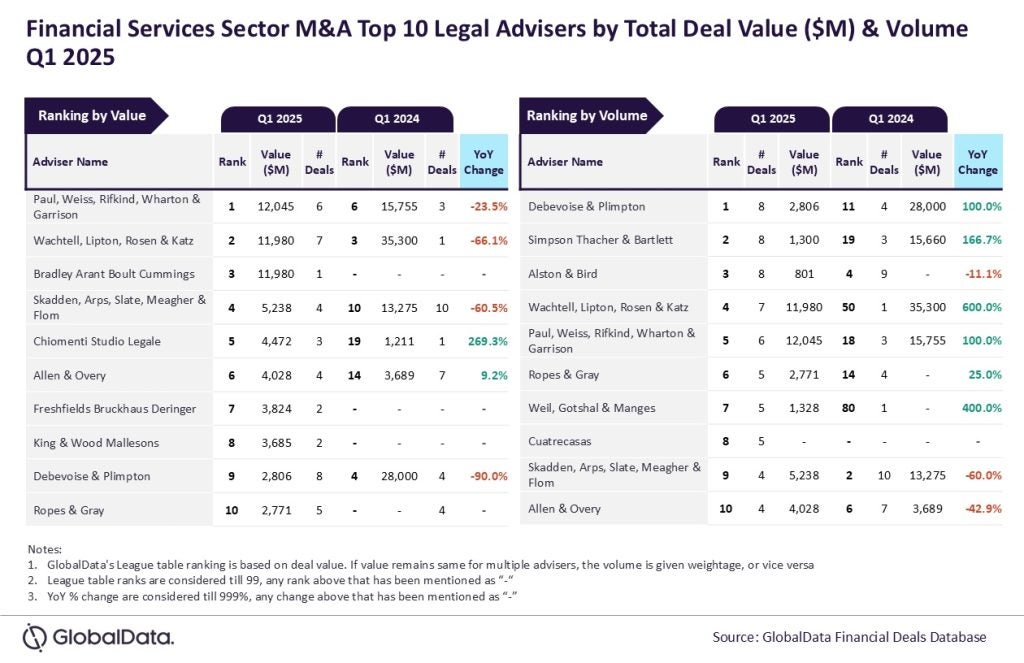Over the past few years, there have been clear signs that the banking industry has entered the late phase of the economic cycle. Once again, McKinsey & Company has published its Global Annual Review 2019, outlining key archetypes to help banks develop late-cycle priorities. Evie Rusman writes
McKinsey’s report suggests that the banking industry is not in the best shape as it approaches the end of the current economic cycle. For instance, the report shows that nearly 60% of banks are printing returns below the cost of equity. This economic slowdown could be damaging to the industry, McKinsey warns.
Speaking to Forbes, Chira Barua, London-based McKinsey partner, says: “A majority of banks globally may not be economically viable. Last year we talked about scale, this year we are still on scale but with an emphasis on late cycle; margins have compressed, loan growth has gone down, these are warning signals for the industry.”
The report also argues that the difference between the 40% of banks that create value and the 60% that “destroy” it is geography, scale, differentiation and business model.
According to McKinsey, scale in banking is generally correlated with stronger returns. Be it scale across a country, a region, or a client segment. However, with that being said McKinsey states that there are still small banks with niche propositions generating good returns.
Underlying constraints of a business model may also be an issue, as well as, differences in market types. McKinsey highlights that banks have the ability to take the immediate steps to reinvent themselves and change their destiny.
The report aims to help banks enter the late economic cycle by arranging them into four segments; market leaders, resilients, followers, and challenged banks.
Market leaders
McKinsey reports that around 20% of banks globally capture around 100% of economic value added by the entire industry. The definition from McKinsey is that banks in this section serve a large share of a geography, region or customer segment and operate in favourable market conditions.
The consulting firm suggests their clearest goal is to reinvest capital and resources intelligently in innovation and further scale for the next cycle.
Resilients
Around 25% of banks have maintained leadership in challenging markets. Banks in this category should focus on expanding beyond their direct set of customers and products through different strategies such as ecosystem plays and innovation, suggests McKinsey.
Followers
McKinsey shows that about 20% of banks have not achieved scale, and are weaker than peers. Therefore, McKinsey argues that this poses them at risk from a downturn, and so they must act quickly to build scale and shift business models to ultimately cut costs.
Challenged Banks
Unfavourable markets are the driver of this category. McKinsey stats reveal that around 35% of banks globally are both sub-scale and suffer from operating in unfavourable markets. As a result, their business model is flawed and sense of urgency minimal.
In order to survive a downward outlook, McKinsey suggests these banks should merge with similar banks or sell to a stronger buyer as this may be the only option if reinvention is not feasible.
Bold moves
McKinsey argues that this research comes at a time when risk costs are extremely low, and therefore, the fact that 60% of banks still destroy value, calls for bold actions. The suggestion made is that more creative, forward-thinking brands are likely to come out top in the next cycle with others risking becoming “footnotes in history”.
Ultimately, McKinsey stresses the importance for banks to consider implementing radical or inorganic moves. For instance, by getting rid of old legacy software and converting to newer, more advanced technology, incumbents can lower costs and minimise outages. This makes for a better customer experience and will likely result in banks producing better returns.
Furthermore, the report pushes the idea that leaders should stretch their operating model to look at monetisation options beyond banking.
McKinsey further highlights that not all banks are made equal, whether it be in their starting economic position of the attractiveness of the markets and business models in which they operate. And that’s why; McKinsey developed the four main archetypes discussed earlier.







